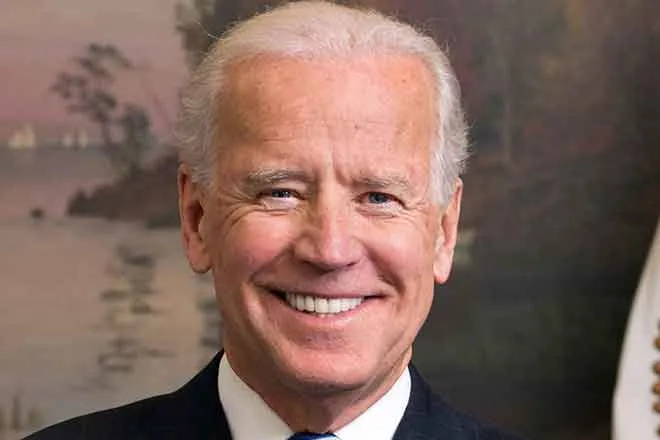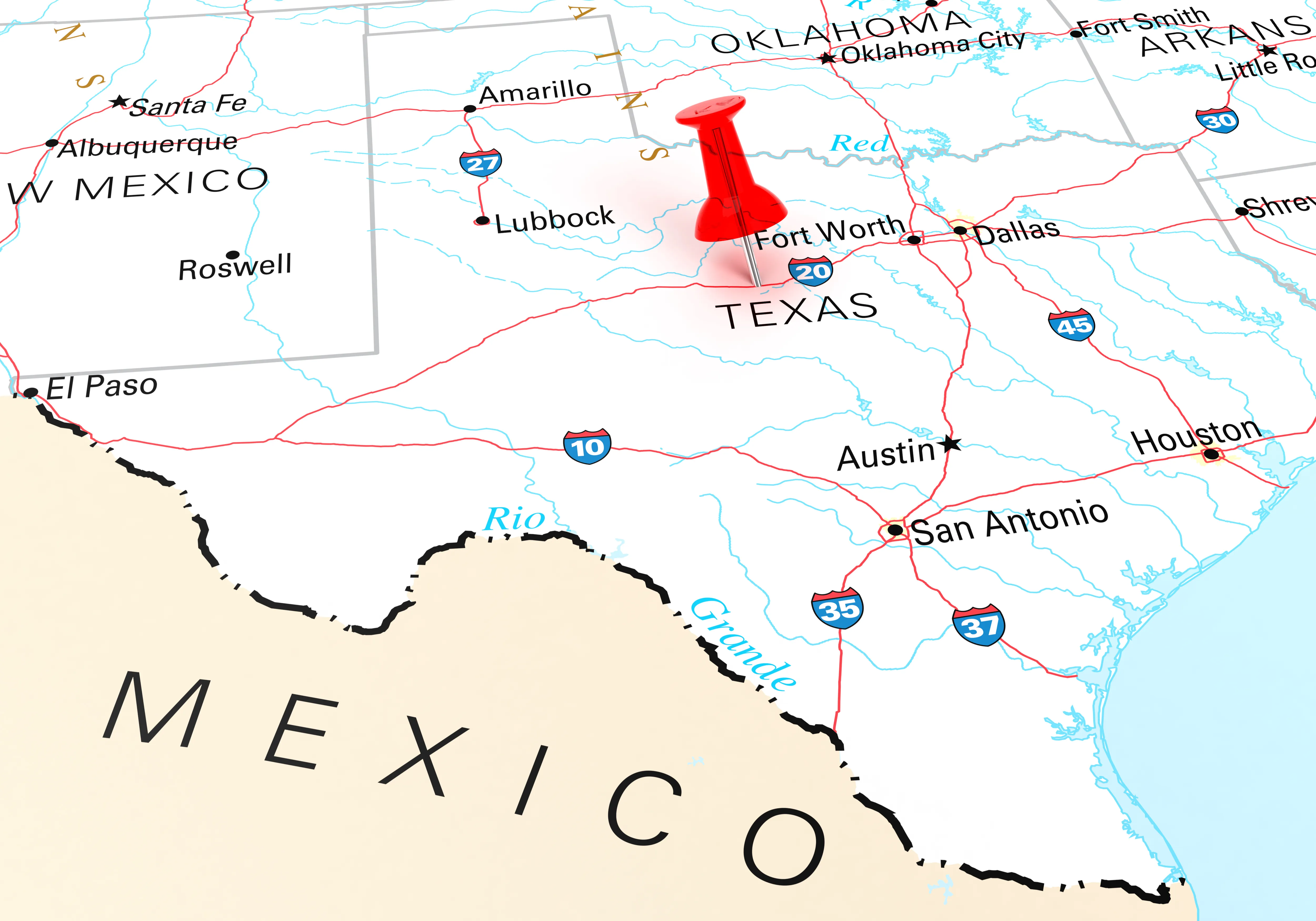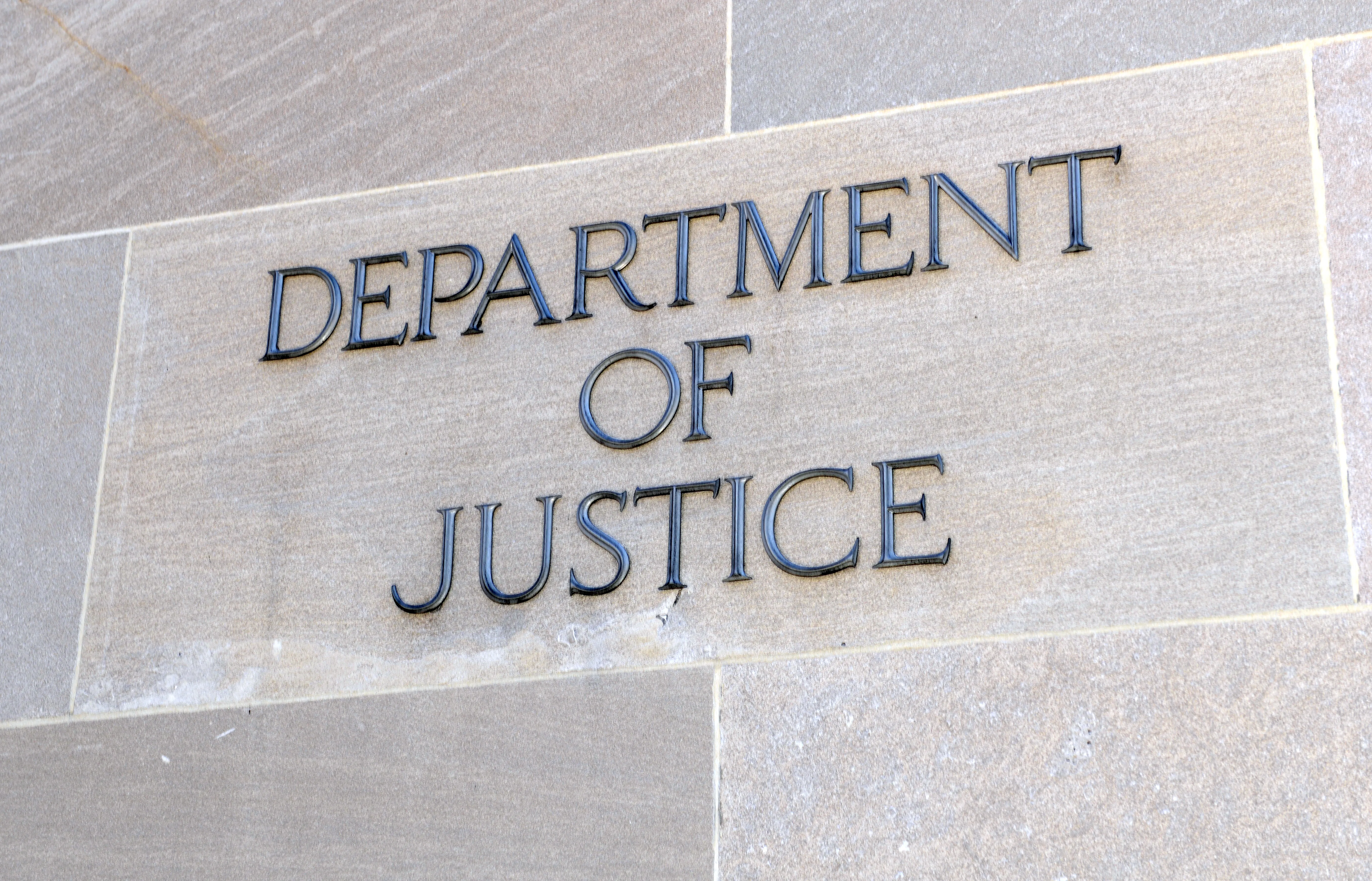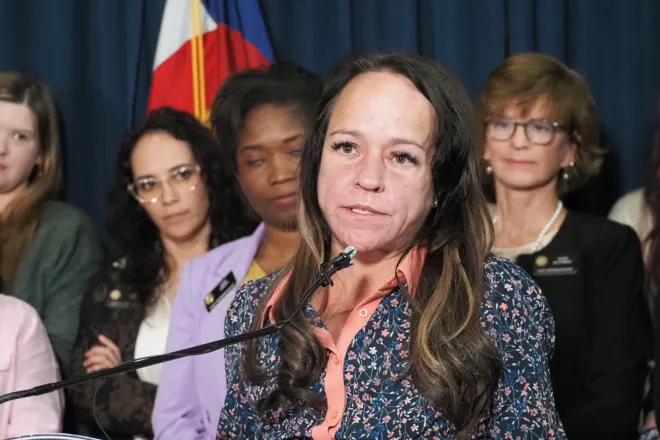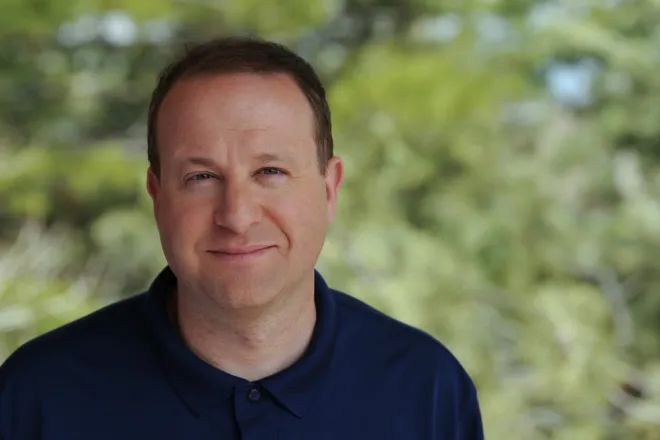
Rural Health Care Summit: Future Looks Grim for Rural Hospitals
Rural hospitals facing cuts in Medicaid will struggle to figure out how to stay open in the coming years, experts said during a recent rural summit.
Although rural hospitals are working to find ways to address looming cuts in reimbursement, the tipping point to staying open is coming, according to participants in the One Country Project panel titled “Rural Health Care: Doing More with Less is Not Sustainable.”
As part of President Donald Trump’s “One Big Beautiful Bill,” Congress made more than one trillion dollars in cuts to the Medicaid program. Those changes are due to take effect between 2026 and 2028. The bill also includes a carve-out of $50 billion for rural hospitals over six years, but critics have said the money would fall short of what is needed.

© zimmytws - iStock-2206705589
Panelists during the session were Dr. Tom Dean, retired family physician and former president of the National Rural Health Association; Kevin Stansbury, CEO of Lincoln Community Hospital and Care Center in Hugo, Colorado; and Jeanne Lambrew, director of Healthcare Reform for the Century Foundation.
All three agreed that hospitals are shifting to telehealth and other virtual forms of care to adapt to needs, but that reimbursement for care is still lacking. That bodes ill for not just rural healthcare, Lambrew said, but for hospitals across the country.
“I feel as though what we see in rural health care is both the best and the canary in the coal mine. The best being how communities come together … to serve the state’s health because we know it’s an economic as well as a personal issue for people to have good health care,” she said. “I also know that the places in rural areas in this country are the ones that feel the change that’s coming quickest. The reimbursement changes that affect our hospitals nationwide affect our rural hospitals first.”
A new report from Protect Our Care, a social welfare non-profit, may back Lambrew’s stance. The report, released August 25, 2025, found more than 330 hospitals across the country are at immediate risk of closure, with another 750 at risk of closure in the years to come.
“We have a crisis coming of epic proportions in our health care system,” U.S. Senator Chris Murphy (D-Conn.) said in an opening letter to the report. “When you cut $800 billion from Medicaid, hospitals, health centers, and nursing homes close. It’s really important that everybody in America understands that when your hospital closes, when your father is kicked out of his nursing home because it shuts its doors, that wasn’t inevitable.”
Stansbury, whose hospital, Lincoln Community Hospital and Care Center, is the only hospital along a 180 mile stretch of I-70 in Colorado, said the cuts would affect preventative care, which would lead to worse health outcomes for patients and more expensive care.
“We’re taking away access to health care for people. And oftentimes that access gets them in to see the primary care physician… it allows them to have their chronic disease managed appropriately; it allows them to take part in preventative care to keep them healthy,” he said. “And what we experience when somebody lapses from Medicaid or is uninsured, they allow chronic conditions to deteriorate. They get sicker. And they end up in our emergency department, which is our most expensive level of care.”
On top of the one trillion in cuts, Stansbury said, the “One Big Beautiful Bill” will not only reduce reimbursement to each hospital by about $1.5 million a year, which will have a tremendous impact on smaller rural systems, but other larger threats loom in the future.
“That may not sound like a lot for larger health systems, but for me it’s devastating,” Stansbury said. “We only have about 30 days cash on hand, which is not unusual for many rural hospitals. So if I lose that revenue, it puts the whole enterprise at risk.”
Additionally, if the Trump-approved cuts affect the federal deficit, they could trigger additional federal provisions that would increase Medicare sequestration by another four percent, further reducing the amount rural hospitals would be reimbursed for their services to below what it costs to provide them, he said. And lastly, he said, rural hospitals are paid less by commercial insurance providers because they have less leverage to negotiate better rates.
The solution, Stansbury said, is to look at the way rural hospitals are reimbursed for their services and to move away from the cost-based reimbursement model by which hospitals are provided payments based on what it costs them to provide care.
“It’s just not working like it should because medicine has changed since cost-based reimbursement was instituted,” he said. “I think we need to take a look at the entire way we reimburse rural hospitals. We have to put more pressure on the commercial payers.”
Already, cash-strapped hospitals, emergency departments, and maternity wards are beginning to close. In response, Protect Our Health launched its “Hospital Crisis Watch” that will track hospital closures across the country.
To illustrate the breadth of the problem, here are some of the more recent closrues: On April 18, 2025, Mid Coast Medical Center in Trinity, Texas, announced its closure just 14 months after opening. In western Pennsylvania, Heritage Valley Health System’s Kennedy Hospital outside of Pittsburgh closed its doors in July, months after announcing its closure. Providence Seaside Hospital in northwest Oregon announced on August 20 it will close its labor and delivery unit this fall because of rising costs, workforce shortages, and a decline in births. And in Nebraska, Community Hospital announced it will close the Curtis Medical Center in Curtis, Nebraska, due to uncertainty over federal Medicaid funding.
“Unfortunately, the current financial environment, driven by anticipated federal budget cuts to Medicaid, has made it impossible for us to continue operating all of our services, many of which have faced significant financial challenges for years,” Troy Bruntz, president and CEO of Community Hospital in Nebraska, said in a news release.
The post Rural Health Care Summit: Future Looks Grim for Rural Hospitals appeared first on The Daily Yonder.





